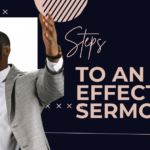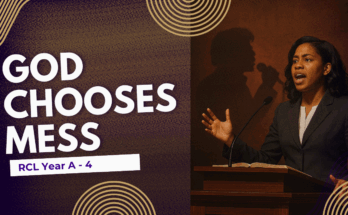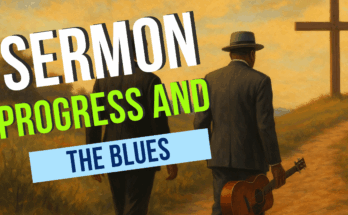As an Amazon Associate I earn from qualifying purchases.
The next preaching pattern is David Buttrick’s “Plot’s and Moves” pattern for sermon construction. What is interesting about his methodology is that he conceives of the preaching task as preaching not to “individuals” neither to “groups of individuals”, but to a community. The sermon is to form “communal consciousness.” His methodology is designed to speak to this communal consciousness.
The sermon is a “plot” with a series of “moves.” The plot terminology means that the sermon has an intention. We are preaching for a particular intention. The sermonic plot is made up of 3-5 minute moves. So the sermon is a Introduction, a number of moves, and a conclusion.
Mode of Immediacy
Buttrick speaks of three basic plot forms that are used to construct sermons. The first plot form is “Mode of Immediacy.” In this plot form the sermon follows the narrative moves in a text. Here we participate in the world of the text. Note that the preacher attempts to have the people expereince the text and thus be able to relate it to the contemporary world.
Reflective Mode
The second plot form is “reflective mode.” In this sermonic approach we use the text as we move from moments of the preacher’s reflection. For example a Pauline letter might have a few points that the preacher wishes to reflect on in the sermon. The sermon follows those steps.
Praxis Mode
The third plot form is “praxis mode.” Here the preacher focuses on a topic and not a text. The plot is a number of steps of theological analysis that will lead one to the christian understanding of the situation.
Components of a Move
Each move has a statement which is a clear indication of the move. Then there is a development of the statement which consists of an explanation. Next the preacher provides an image that helps the congregation to see the point. Finally there is a close statement that summarizes the move.
Analysis
This method is a comprehensive one that every preacher would do well to have an interaction with. Usually people either hate the method or love the method. One of Buttrick’s disciples told me that the method always works when applied correctly, but it is difficult to apply correctly. I think there are some interesting and helpful things in the method. The whole concept of “move” is important and spending time thinking about the “intention” of the sermon is as well. Making sure that every part of the sermon helps that intention is another good aspect. However, I do get the impression that the method (and the book) are a little too complex for most preaching practitioners.
Amazon and the Amazon logo are trademarks of Amazon.com, Inc, or its affiliates.





